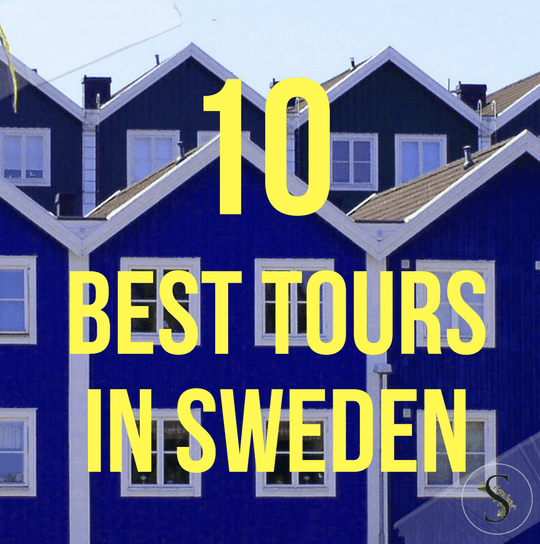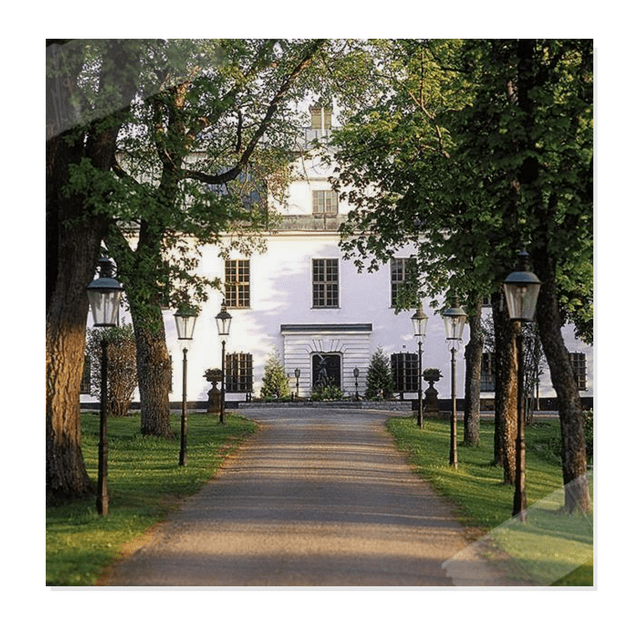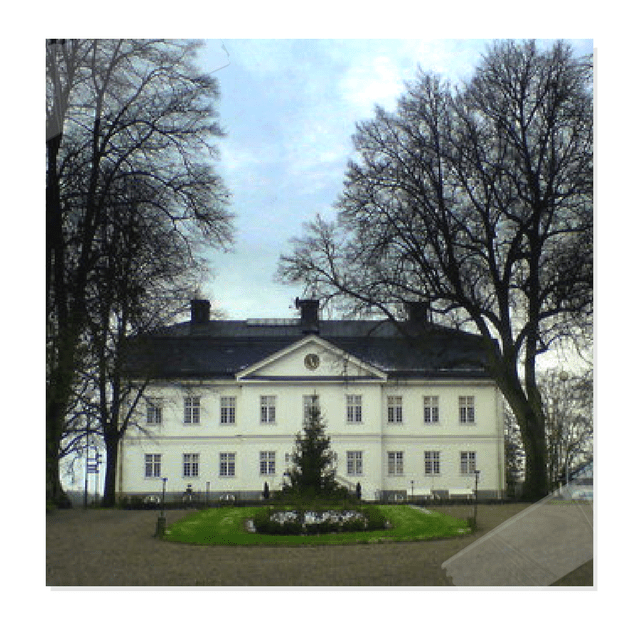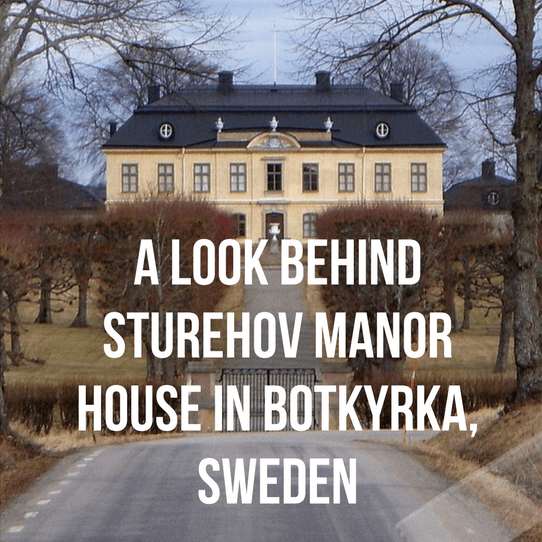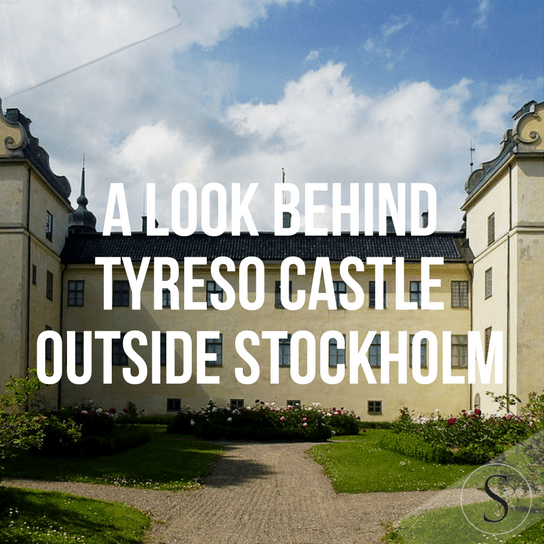Gripsholm Castle- Ground Floor Corridor Coutiers Wing Built 1780-82, Neoclassicism In The North If you have never been to Sweden, here is a guide of what tourists have found to be the best and not so worthy sites to visit…. Best Places To Visit……….. 1. Monteliusvägen Is Totally Worth Finding According To Many –Is a […]
